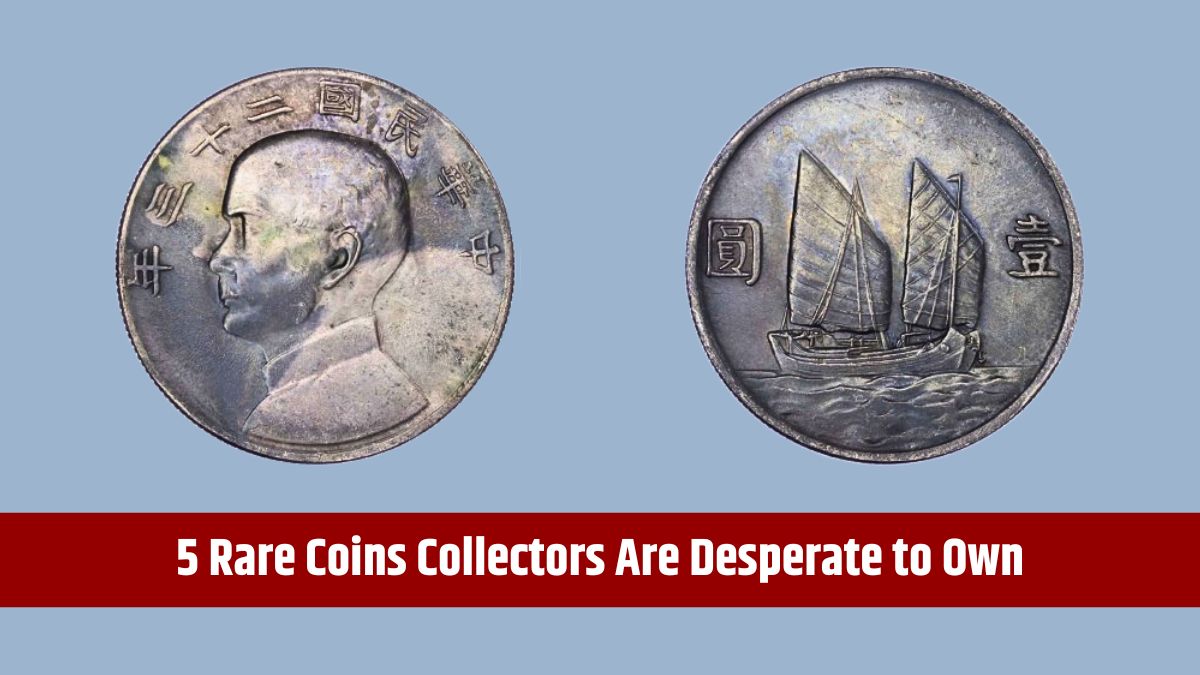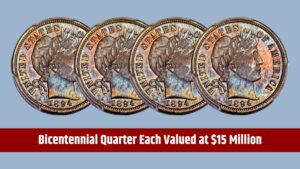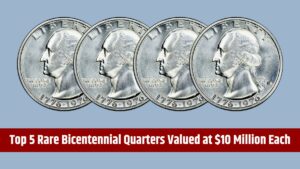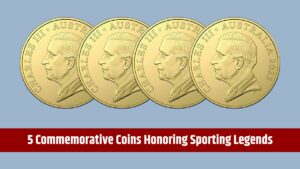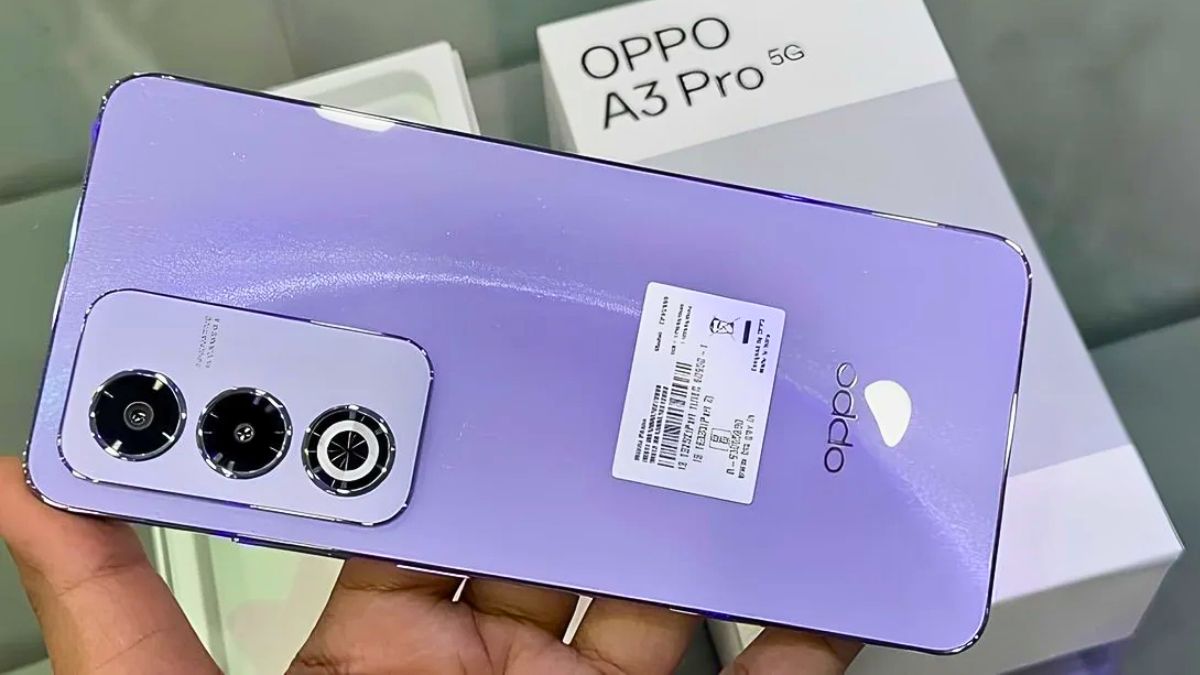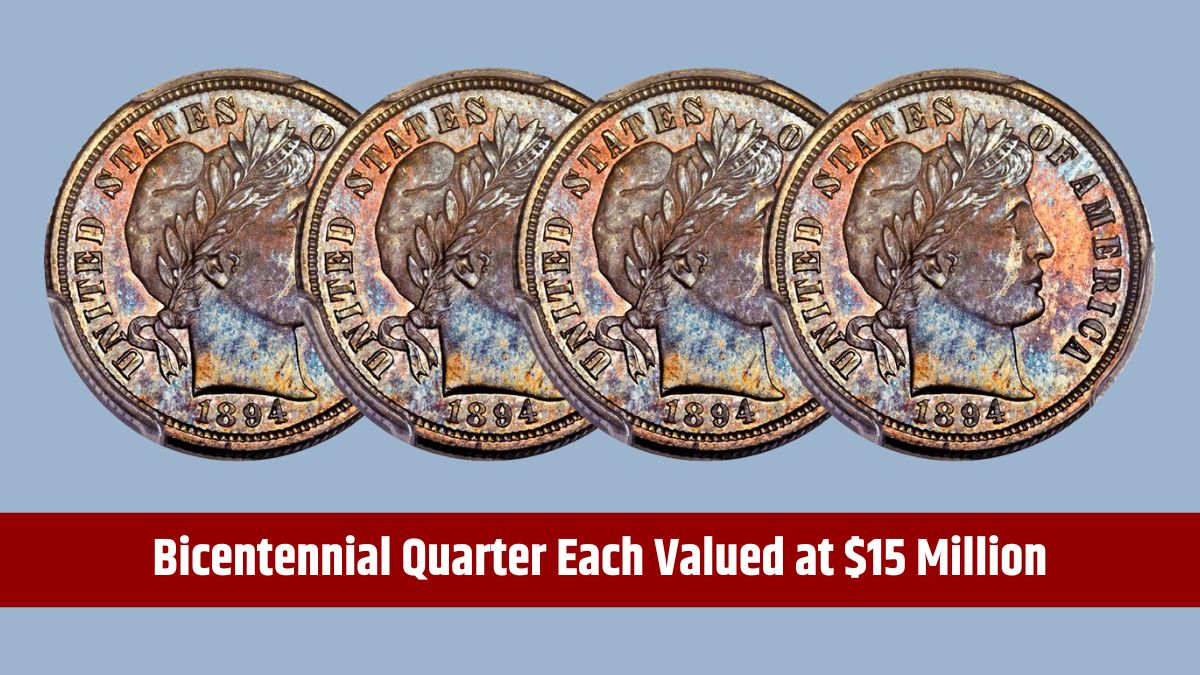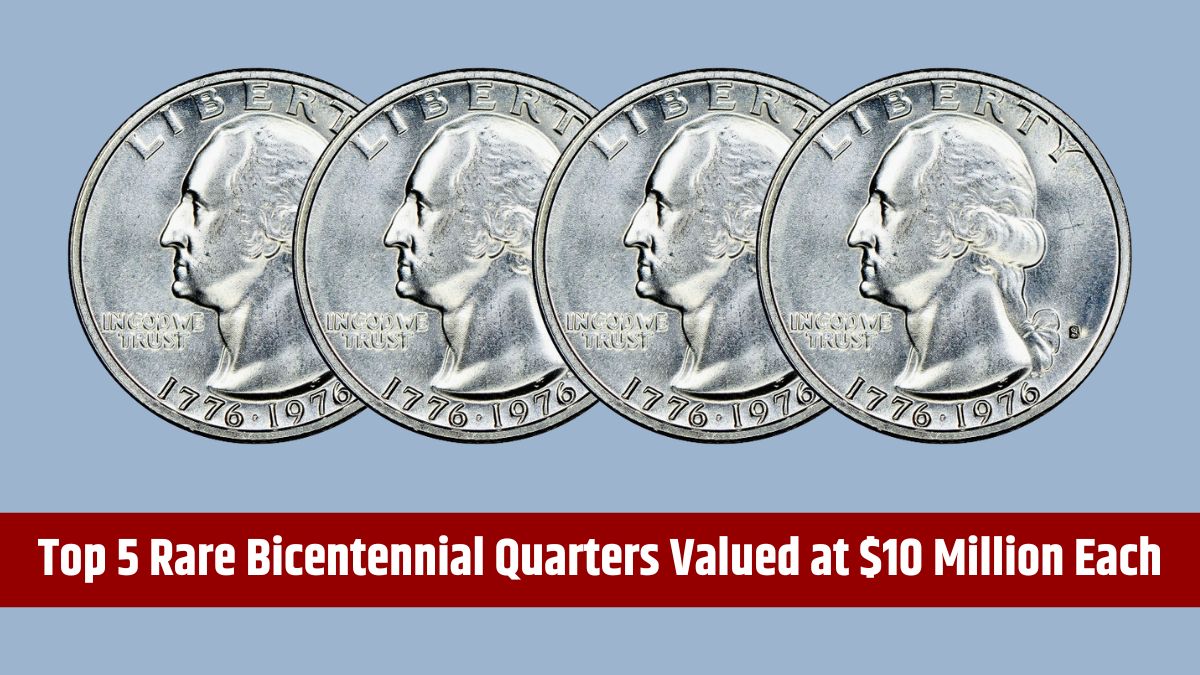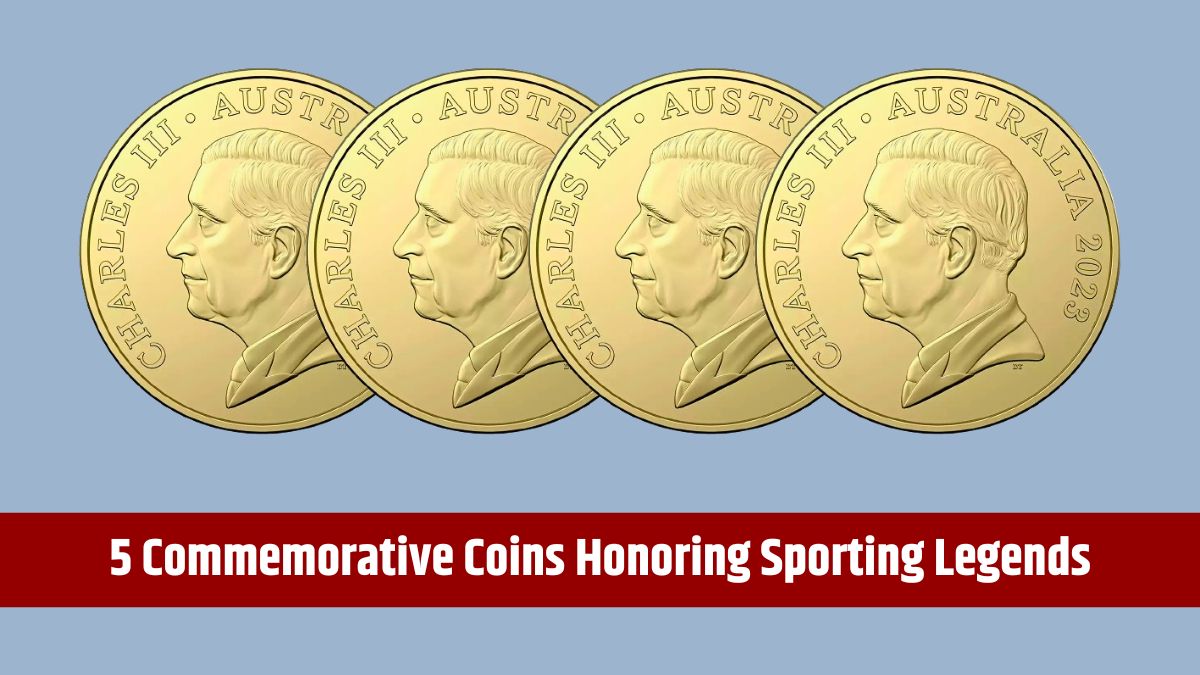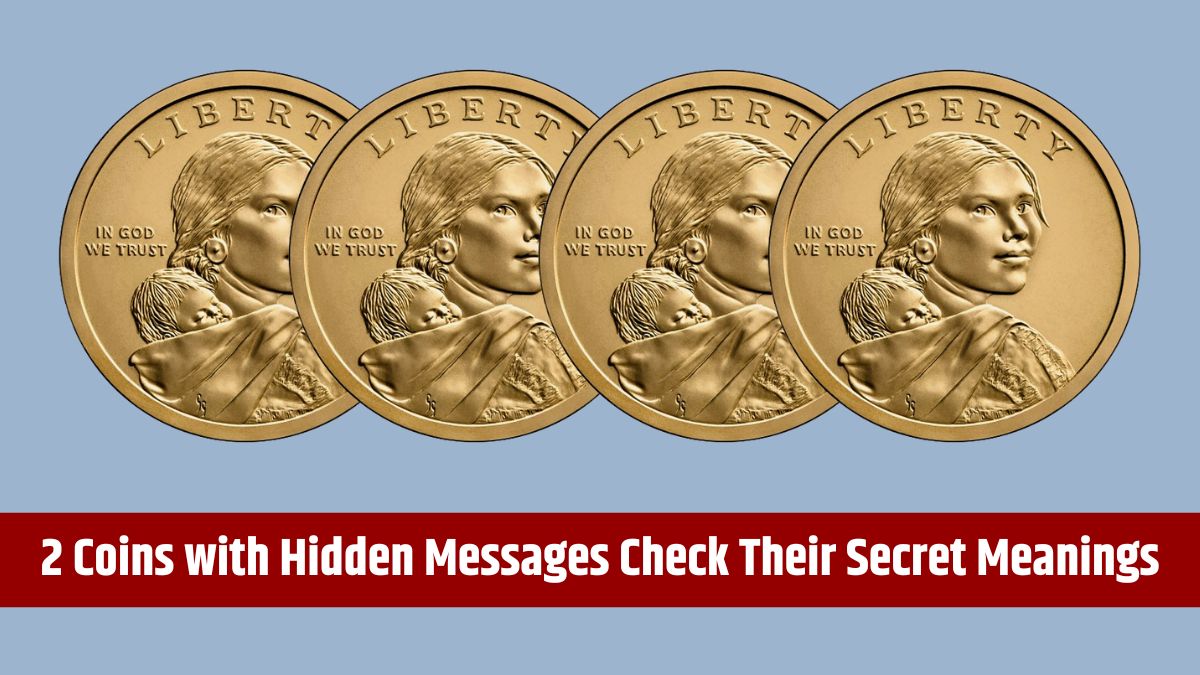In the fascinating world of coin collecting, some coins aren’t just rare—they’re forbidden to own. These elusive pieces are steeped in history, controversy, and government regulation, making them some of the most captivating stories in numismatics. Let’s cut into five forbidden coins that collectors can only dream of owning.
Table of Contents
1933 Double Eagle
The 1933 Double Eagle is the crown jewel of forbidden coins. Originally minted as a $20 gold piece, its fate was sealed during the Great Depression when President Franklin D. Roosevelt ended the gold standard. Nearly all 445,500 coins were ordered destroyed, but a few managed to escape.
Today, these coins are considered government property, with only one legal sale recorded: a specimen that fetched $7.6 million in 2002. Any others that surface are actively pursued by the U.S. Secret Service, making the Double Eagle a symbol of both historical significance and legal conflict.
2007 Liberty Head Double Eagle
The 2007 Liberty Head Double Eagle highlights the modern complexities of forbidden coins. Collector Dwight Manley legally purchased this coin, but federal agents later confiscated it, citing government ownership rights.
This case emphasized the tension between collectors and authorities over historically significant coins. Despite its allure, owning this piece has become a legal minefield, underscoring the delicate balance between private ownership and public history.
1974 Aluminum Penny
The 1974 Aluminum Penny is a fascinating example of experimental coinage. Struck during a time of rising copper prices, 1.6 million of these pennies were produced as a cost-saving measure and distributed to Congress for evaluation.
Most were destroyed after the experiment was deemed unsuccessful, but a few escaped. When one surfaced in 2014, it sparked a legal battle that reaffirmed the coin’s forbidden status. This penny remains a symbol of “what if” in U.S. coinage, tantalizing collectors with its rarity and backstory.
1964 Peace Dollar
The 1964 Peace Dollar is the numismatic equivalent of a ghost story. Over 300,000 coins were minted but never released, with all supposedly destroyed. Yet persistent rumors suggest a few survived.
The U.S. government maintains that any surviving specimens are illegal to own, but their rumored existence has only heightened their mystique. For collectors, the 1964 Peace Dollar represents the ultimate unattainable treasure.
1934 Chinese Silver Dollar
Forbidden coins aren’t just an American phenomenon. The 1934 Chinese Silver Dollar, featuring Sun Yat-sen’s image, is a prime example of international intrigue.
These coins were minted during a critical period in Chinese history but were prohibited from export by the government. This restriction has made them highly sought after by collectors outside China, although acquiring one legally is nearly impossible.
Legal Framework
Owning forbidden coins is fraught with legal complications. Governments typically view these coins as public property, regardless of how they were acquired. When forbidden coins surface, they’re often confiscated, making their legal possession nearly unattainable.
Collector Appeal
The allure of forbidden coins lies in their mystique. They’re more than currency; they’re pieces of history that tell tales of political decisions, economic shifts, and legal battles. While their forbidden status limits ownership, it also elevates their desirability and value.
When rare exceptions occur, such as the legal sale of the 1933 Double Eagle, these coins command astronomical prices, reflecting their historical importance and collector demand.
Forbidden coins capture the imagination of collectors worldwide. They remind us of pivotal moments in history, government decisions, and the lengths to which people will go to preserve or possess a piece of the past. These treasures may remain out of reach for most, but their stories continue to inspire and captivate.
FAQs
Why are some coins forbidden?
Forbidden coins are often deemed government property or subject to legal restrictions.
Can collectors legally own the 1933 Double Eagle?
Only one has been legally sold; others are considered government property.
What makes the 1974 Aluminum Penny rare?
Most were destroyed after an experimental minting process.
Do any 1964 Peace Dollars exist?
Rumors persist, but the government claims all were destroyed.
Why is the 1934 Chinese Silver Dollar restricted?
The Chinese government prohibits its export, limiting availability.
